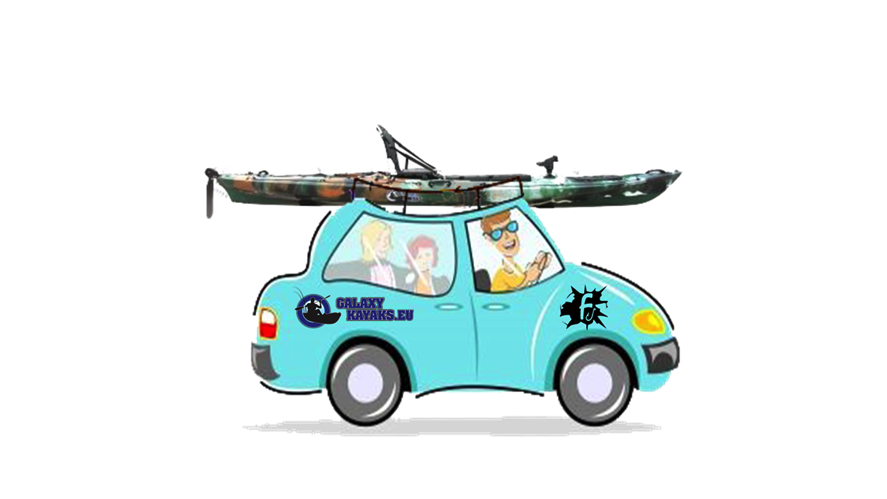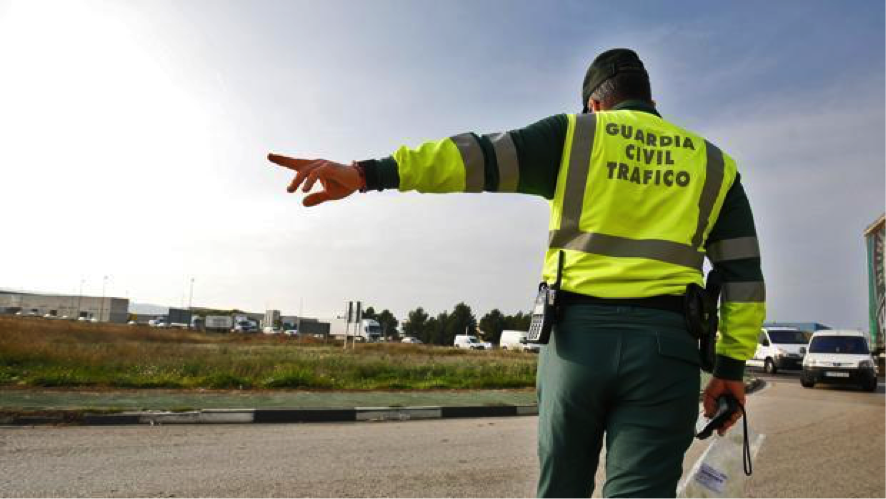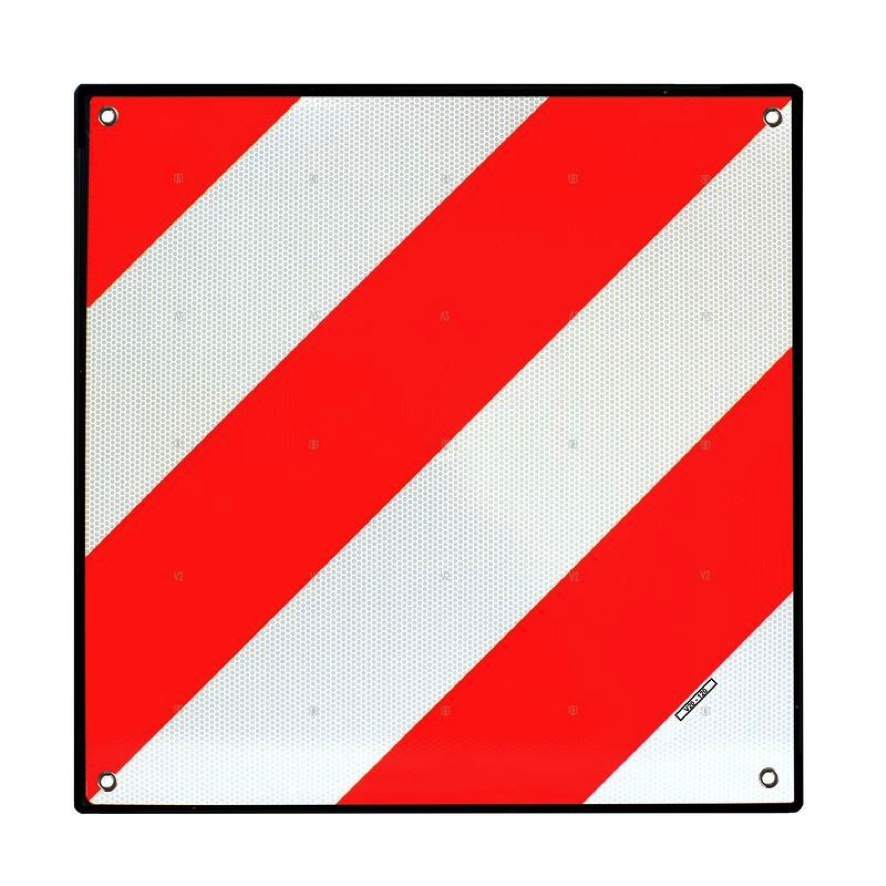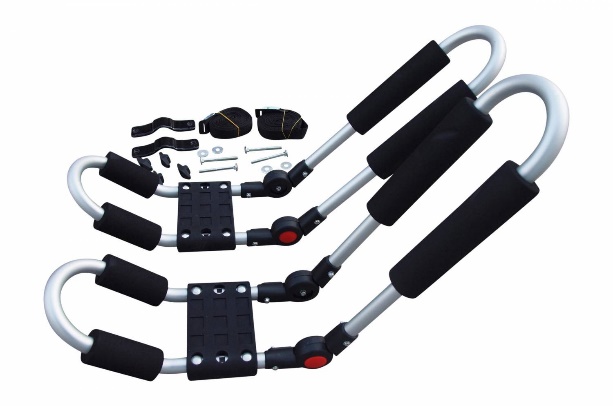
Hello kayakers / as in each trip we make to the sea to enjoy our kayaks, as usual, we usually take them on our car well tied to our roof rack with devices made for this purpose:
But do we know the rules well to avoid fines and endanger our safety and that of others? ..
Of course, it is not the safest alternative, but normally there is no alternative but to resort to this method, so we know the rules.
Legal regulations and summary thereof

You can find all the regulations developed and specified in the General Circulation Regulations. In article 14 he tells us how the cargo should be subject and in article 15 he refers to the dimensions of the cargo that can be transported in a cow of a tourist or a van. It also indicates how much you can excel and how to signal.
SUMMARY FOR KAYAKERS:
The load must be placed so that it can not fall, move, compromise the stability of the vehicle or cause discomfort.
It also can not cover the luminous devices of the car, license plates or any other obligatory signage.
The load can protrude from the rear up to 10% of the length of the car. In case it is indivisible it can reach 15%. "EYE THAT MEASURE".
In particular vehicles such as those we deal with in this post, the load can not protrude "NOTHING" on the sides.
"Save yourself some euros in fines, in addition to possible accidents"
The load that protrudes with the signals indicated by the regulation in its article 173 must be indicated.

Plate V.20
Another very, very important thing!
Can I be punished for carrying cargo in tourism without tying?
The answer is yes, and I know that I have acquaintances who have been sanctioned for € 80 for carrying rowing in the car without tying.
Cars are not vehicles for the transport of goods. Therefore, we must be aware when transporting any object inside the car so as not to compromise our safety, that of the occupants of the vehicle and that of other users.
We have to be very clear that for the own cargo, luggage and other packages, we have a trunk large enough to carry what is necessary, that is, belongings and utilities that we need in our habitual or leisure trips.
But ... what if they do not fit in the trunk?
The decrease of the field of vision, the centrifugal force, the calculation of the lateral and longitudinal stability of a vehicle are factors that have a lot to do with the load and the luggage that we transport in our car.
Loading the vehicle in any way, besides being punishable, is dangerous.
The material and other cargo must be placed in the trunk. If it does not fit everything we transport we can use the inside of the cabin, as long as they DO NOT MOVE INSIDE. In any case, said load must be well placed and distributed so that it can not compromise the stability of the vehicle, disturb its occupants or subtract the freedom of movement and the field of vision of the driver.
I hope you serve these kayakers / as. Until next time!








